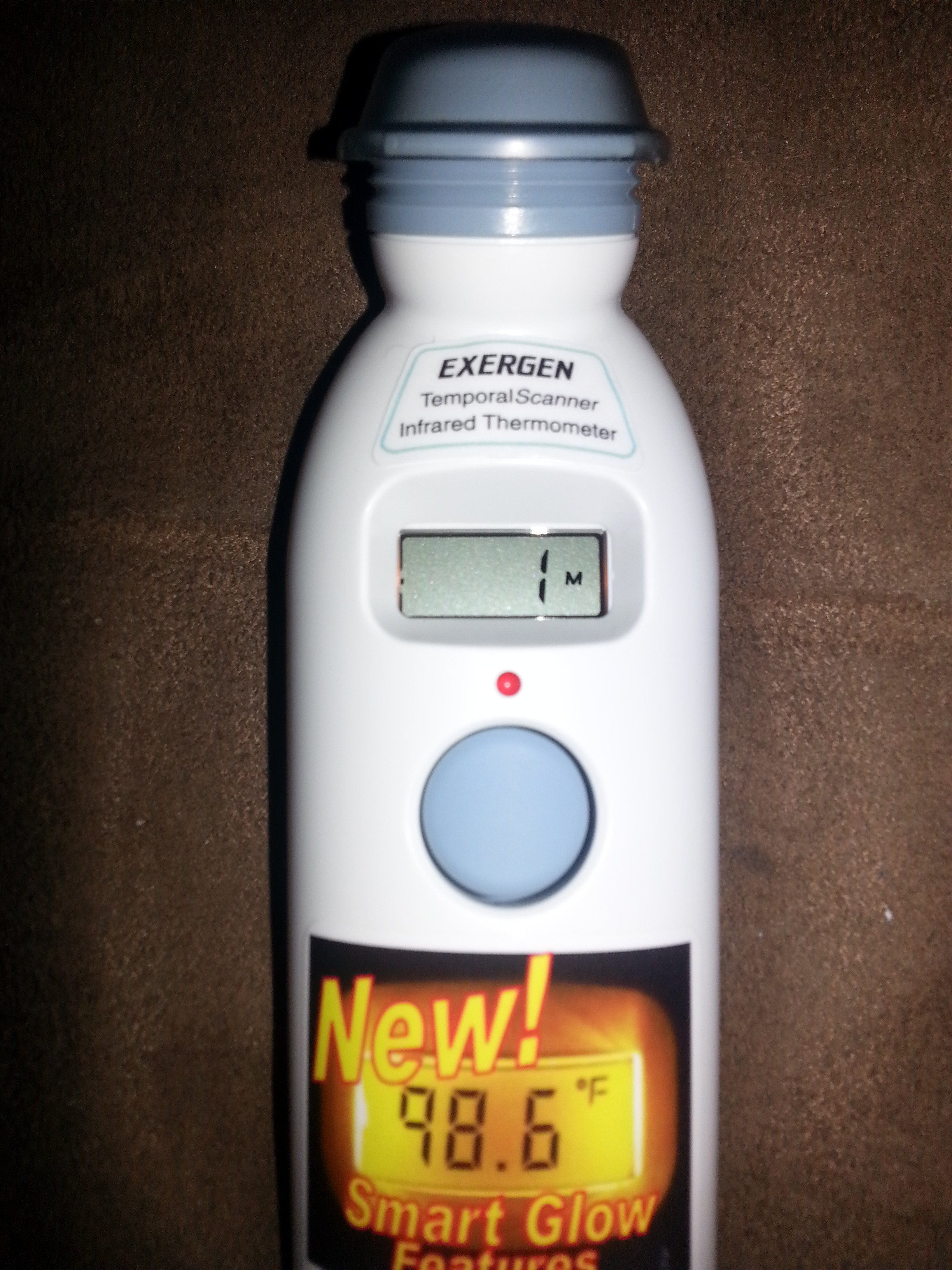Top 10 OSHA’s Safety Violation
Being on top of the list may always be ideal unless it’s a list of safety violations in a workplace. While OSHA has been promoting a safe and non-hazardous working environment, it has also released its list of commonly cited safety standards for the past few years.
For most establishments, it’s very important to devise a plan and know what to do when the OSHA officer shows up unannounced. However, not only when inspectors arrive, but it should be a practice, especially if the establishment involves dangerous and risky workloads. It would also help to know what violations they usually find.
With that, OSHA usually made announcements of their annual list, based on the worksite inspections. It also aims to notify management and the safety professionals regarding common violations and help prevent them. That’s why there are courses that employees must take, and you can find them at osha.com.
Injuries in the workplace and illnesses may destroy the staff and their families. You don’t want that to happen, do you? Worse, it could affect the company in productivity loss, legal, medical, even workers’ compensation and even the reputation.
So, what are the common OSHA safety violations? In this article, let us find out what are the common violations that need to be prevented. This will serve as an awareness to those who plan on putting up a business one day, that should adhere to OSHA’s standards and practices. So, without further ado, let’s get started.
Contents
1. Fall Protection
The OSHA’s Standard of Fall Protection has remained the first on the list for almost 12 years. The standard plans where and when fall protections are required. These guidelines, like runways, ramps, and other walkways, could easily be overlooked. Safety arrangements and controls should also be used to prevent falls.
2. Scaffoldings
While it’s usually linked to falling hazards, scaffold safety is actually in its own category. The OSHA published a guide to Scaffold use in construction industry to assist employers in preventing the risks of both supported and suspended scaffolding.
Even if they have had standards in place since 1971, incidents that are Scaffold related resulted in fatalities and injuries, and it continues to occur. These are the common no compliance:
- No guardrails and cross bracing
- Planking and platforms that have less than permissible spans
- Inadequate foundations
3. Hazard Communication
This standard needs establishments to give information on how to label and classify chemicals in a workplace. It would also set requirements for training employees on using data sheets and keep a well-written workplace plan.
4. Ladders
The OSHA’s Standards for Stairways and Ladders establishes the requirements for safely using ladders, step ladders, extension ladders, and even job-made wooden ladders.
For this, rounding out top fall hazard violations could result in improper use of the ladders. And while many safety precautions may seem obvious, workers may sometimes take shortcuts against better judgment.
5. Lockout/Tagout
The standards of lockout/tag out actually protect the workers from serious injuries like amputations that could actually arise from the unexpected cycling and startups of the machine or release of stored energy from the machine during servicing or maintenance.
6. Respiratory Protection
It’s the standard that directs the employers to keep the respiratory protection program if the employees wear respirators to protect themselves. It also includes specific rules in training employees and even respirator selection, cleaning, fitting, maintenance, use, and repair.
7. Training Requirements for Fall Protection
This differs from Falling Protection standards, which relate to the controls of physical hazards and fall protection systems. The standard also even guides training the employees and educating them on preventing falls.
8. PPE, Eye and Face Protection
This standard requires employers to give eye and face protection to employees when necessary. It would protect them against environmental, chemical, radiological, or even mechanical irritants.
9. Powered Industrial Trucks
It’s actually the standard that provides design construction and information for powered industrial trucks like lift trucks or forklifts that are used to lower, raise, or remove large and heavy objects. It also requires employers to ensure that truck operators are trained well in safety and operation standards.
10. Machine Guarding
Also, one of the most common violations is about Machine Guarding standards. It safeguards the employees from flying chips, rotating parts, sparks, as well as other hazards caused by the machine.
Conclusion
It’s always a standard operating procedure for employers to review the work processes and know the hazards in the workplace. This can be done by having a complete job hazard analysis.
Hopefully, with all these listed violations and citations, employers should always keep an eye on this to prevent incidents in the workplace that could injure the employees. In the end, it’s for everyone’s safety because the work can be done fast when you are sure that everyone in the workplace is protected.




